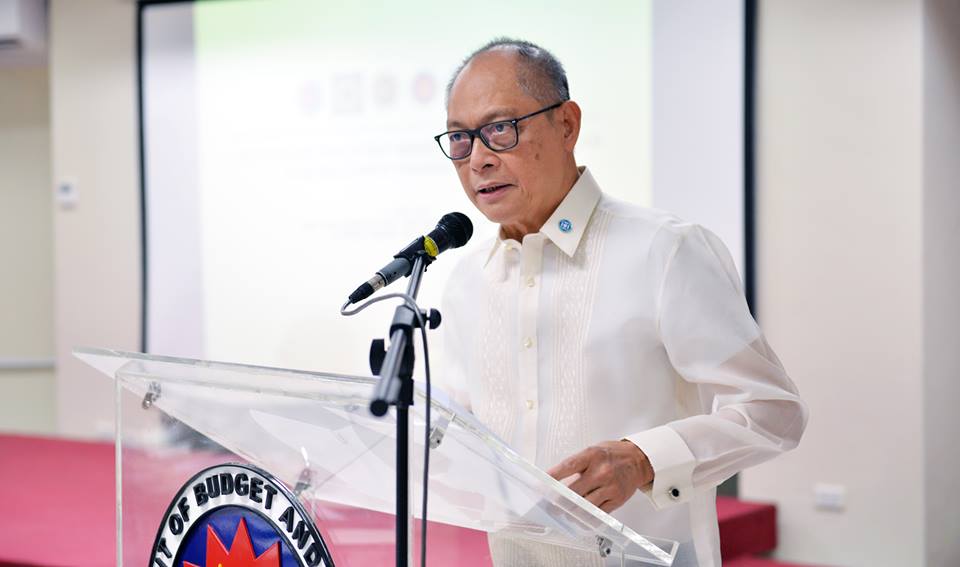Business and Economy
Diokno discounts change in 3% of GDP budget deficit cap

Department of Budget and Management (DBM) Secretary Benjamin Diokno told reporters Monday that the administration’s economic team is okay with a deficit of below three percent of gross domestic product (GDP). (File Photo: Department of Budget and Management)
MANILA – Philippine economic managers are sticking with their original three percent budget deficit cap for 2018 and 3.2 percent for 2019 in anticipation of higher infrastructure spending, amid a suggestion from International Monetary Fund (IMF) to cut this to 2.4-2.5 percent of domestic output.
Department of Budget and Management (DBM) Secretary Benjamin Diokno told reporters Monday that the administration’s economic team is okay with a deficit of below three percent of gross domestic product (GDP).
He said government needs to spend more to finance the rehabilitation of areas heavily damaged by the recent typhoon but stressed that even with this “we’ll still be under three percent. Next year 3.2 (percent).”
“We decided not to follow them,” he said.
Last week, the multilateral lender came out with a report on its Article IV Consultation with the Philippines. Part of the suggestions it made is for the government to contain non-priority spending like special purpose fund to lower the budget deficit cap.
Diokno, however, said calamity fund and contingency fund are part of the special purpose fund that President Rodrigo R. Duterte wants in place.
He added that a budget gap that accounts for three percent of gross domestic product (GPD) is “reasonable.”
“We are not extravagant,” he said, citing that if the government cuts deficit cap in the middle of the year it might create fear among officials of the various agencies and they would not spend their budget.
The inter-agency Development Budget Coordination Committee (DBCC) will convene this month and Diokno said they will revisit their current economic targets, noting that revenue growth is good.
He said there is also a need to spend, especially with the “Build, Build, Build” infrastructure program as well as projects initiated by past administrations.
“We’ll look up things and all the aspects but we’ll keep the deficit manageable – 3 to 3.2 (percent),” he said.
In terms of domestic growth, Diokno said the seven to eight percent remains their target.
In the first half of the year, the economy grew by 6.3 percent, with the first quarter output at 6.6 percent and the second quarter at six percent.
With the slowdown in the second quarter of the year, some economists and multilateral lenders cut their growth forecasts for this year and the next.
Diokno, however, remains optimistic of the economy’s performance.
“Medyo mahirap nga ma-attain yung lower bound because meron tayo typhoon…but that still makes us one of the fastest growing (It is admittedly hard to attain the lower bound of the target because we have typhoons but (at six percent level growth) that still makes us one of the fastest growing (economy in the region),” he added.





















